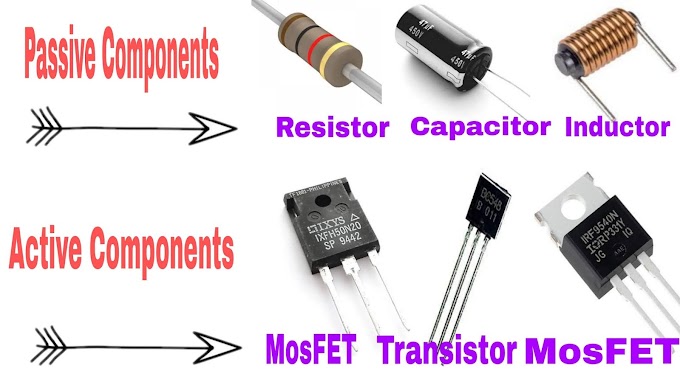In this
article we will discuss about TCP/IP model in detail.
Introduction
The full
form of TCP / IP is Transmission Control Protocol (TCP) and Internet Protocol
(IP). TCP / IP is a protocol of the World Wide Web which is also termed as
internet.
History
The TCP /
IP model provides end-to-end communication. It was developed by
department of defence of U.S. in the mid-1970s and 1980s.
Introduction
This
model determines how a particular computer connects to the internet and how the
transmission of data held between them. This model helps us to create a virtual
network when many computer networks are interconnected. The main purpose of the
TCP / IP model is to provide communication over great distances. That is, we
can also communicate with the network located at a very distance from it.
Layers of
TCP/IP model
There are
following four layer of TCP/IP model.
- Host to Network (Network
Access Layer)
- Internet
- Transport
- Application
Host to
Network(Network Access Layer)
Network
Access Layer is the lowest layer in the TCP / IP model. The network
access layer describes how data is sent to the network. This layer is a
combination of the data link layer and physical layer defined in the OSI model.
This layer is responsible for the transmission of data between two devices in
the same network. Protocols which are used in this layer are ethernet, token
ring, frame relay etc.
Internet
Layer
Internet
Layer is located between the transport layer and the application layer. This
layer provides wireless communication in the network. In this, the data is
packaged as IP datagrams, it contains the datagram source and destination IP
address so that the data can be sent and received easily.
Protocols
used in Internet Layer
ARP-
Full form of this is address resolution protocol. Its function is to search for
physical address from IP address. There are many types of this: - Such as: -
RARP, PARP etc.
IP
protocol - Full form of this is internet protocol and its main function is to
deliver packets from source to destination. It has two versions IPv4 and IPv6.
IPV4 is of 4 bytes and IPV6 is of 6 bytes.
ICMP -
Full form of this is internet control message protocol. Its task is to inform
the host about problems encountered in the network.
Transport
Layer
Transport
Layer is responsible for the transmission of data. This layer is located
between the application layer and the Internet layer. Transport layer is also
responsible for the reliability, flow control and correction of data. Two protocols
in this is TCP, UDP.
Application
Layer
Application
layer is the highest layer in the TCP / IP model. This layer is related to
providing network service to applications. This layer provides communication to
the user between-Web browser, e-mail, and other applications.
The
application layer sends data to the transport layer and receives data from it.
The function of this layer is to handle high-level protocols. This layer allows
the user to interact with the application.
Protocols
used in this layers are given as below
HTTP and
HTTPS: - The full form of HTTP is hypertext transfer protocol. Through this we
can access the data in internet. It transfers data in the form of text, audio,
video. The full name of HTTPS is HTTP-secure.
SNMP -
Its full name is simple network management protocol. It is a framework that is
used to manage the devices in the internet.
SMTP -
Its full name is simple mail transfer protocol. It is used to send data from
one e-mail to another e-mail address.
DNS - Its
full name is domain name system. It is used to map IP address.
SSH - Its
full name is Secure Shell. It is used for encryption.




0 Comments